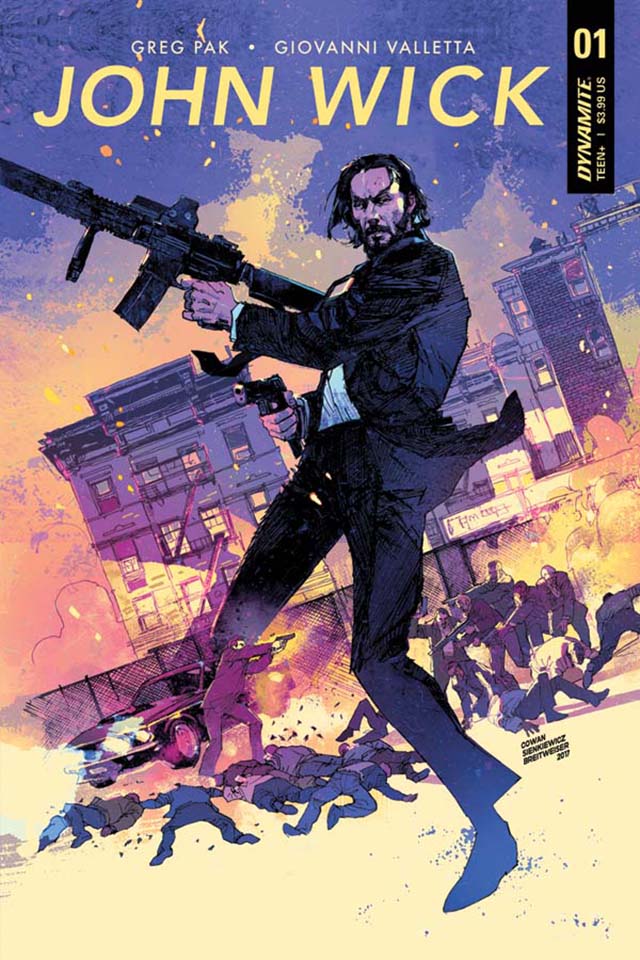


There's also the Expedited mode that limits each "turn" to five seconds or else the enemy gets to move for a fifth of a second while you hold still, but I didn't find that I was typically spending that long with a move anyway unless I was struggling to move the camera to a distant target, so for me it didn't do much to increase the difficulty. There's a score-chasing incentive to replay each chapter and "earn your name" by beating par in a time requirement, using a lot of weapon types, not consuming bandages, etc, and perfecting your performance could get you some extra mileage out of John Wick Hex. Learning to manage your health like this is counter-intuitive and makes the design idea of having persistent health feel misplaced. This inflated my completion time to around 14 hours, but if you learn to restart a stage when you take unnecessary damage early on, even when you have bandages to heal with, it’d probably be more like 10.

It’s a blessing and a curse that enemy locations are slightly randomized on each level restart – you have to actually pay attention instead of mindlessly repeating a routine each attempt, which makes replaying more interesting but it’s also frustrating when you have to spend five or 10 minutes just getting back to the trouble spot where you keep dying. That meant I was forced to try again and again to execute a few of the later and more difficult levels basically flawlessly. But because your health and equipment carry over within a chapter, I often ended up in a situation where I was low on health and out of bandages toward the end, with no way to get more other than restarting the entire multi-mission chapter from the beginning (and there’s no menu option for that). You can stash bandages (and you should, with the leftover coins) but doing so anywhere other than the early levels is pointless because the later ones cost more and there’s no limit on how many you can carry from one stage to the next. You can spend to stash guns, but I was almost never left wanting for firearms because of the piles of them dropped by dead enemies. In my experience, though, it doesn’t make a ton of sense to spend coins on anything but the more powerful global modifiers, which can reduce the Focus cost of dodging or increase your max health. Boss fights can be kind of a joke once you figure that out.Įach chapter – a linear sequence of stages – gives you some opportunity to customize things at the outset with an allowance of coins to spend on global bonuses and stashing extra weapons and bandages in each stage.

It’s a smart system that prevents you from just shooting your way through every level and forces you to get in close and engage in some John Wick-style fisticuffs. More importantly, many enemies also use Focus, and an enemy with a lot of it becomes all but impossible to shoot at any range until you get in some good punches to dizzy them up. You do have to manage your Focus, a resource that’s used to perform powerful melee takedowns, evade close-quarters attackers, or dodge-roll from a crouched position, but replenishing it is as easy as pushing a button, even in the middle of a fight. Learning the nuances of each gun is one of the more interesting parts of the combat system.
JOHM WICK BOOKZ SERIES
Other guns fire quickly but lock you into a long series of shots at a single target, even after they’re dead, leaving you vulnerable. Being quick on the draw is everything in John Wick Hex, and being slow means you’ll be shot and interrupted before you can fire. There’s a good selection of guns, from pistols to assault rifles, though a few – revolvers and shotguns, specifically – are all but useless since they take so long to fire. “Things are kept fairly simple, by tactics game standards, because you’re only ever managing a single character and your contextual attack menu never has more than a handful of options.


 0 kommentar(er)
0 kommentar(er)
